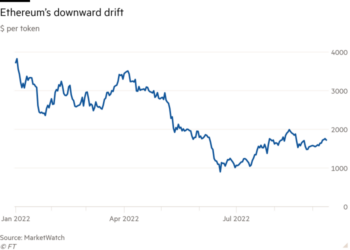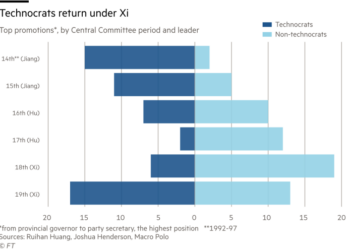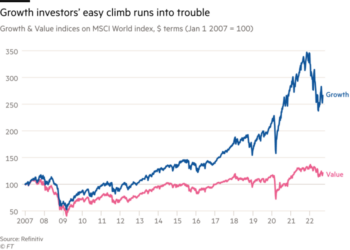Following the footsteps of tech giants like Uber, Lyft, Pinterest, and Zoom, collaboration-messaging app Slack is also moving to list shares starting Thursday under the ticker WORK. But unlike its tech counterparts, Slack is going a different route in its public offering and will be pursuing a direct listing rather than the arduous process of a regular initial public offering.
The NYSE has set Slack’s stock reference price, which may help determine where it starts trading, at $26 a share, valuing the company around $15.6 billion.
By going for a direct listing, a similar route taken by Spotify when the music streaming platform went public a few months ago, the San Francisco-based work messaging platform doesn’t have to go through hiring underwriters or selling new shares, just existing shares, unlike the regular IPO. According to experts, going for a direct listing has its benefits. It avoids underwriting fees, which generally run between 4% and 7% of the total proceeds raised in IPO. Furthermore, it also offers less risk of trading volatility as underwriters usually offer underpriced stocks in IPO to create the first-day “pop,” only to see the share price dwindle as it moves through its day-to-day trading.
Slack, like Spotify, is working with Goldman Sachs, Morgan Stanley, and Allen & Co. to list its shares directly on the NYSE, but not as underwriters.
In documents posted with the Securities and Exchange Commission, Slack Technologies Inc. says it posted a loss of $138.9 million on revenue of $400 million in the fiscal year ended Jan. 31, 2019. In February, Slack filed a draft registration statement with the SEC. This could be the primary motivator why the unicorn has finally decided to go public.
More than 600,000 companies and organizations are using Slack as their central collaboration and messaging platform. Others are even considering the platform as an “indispensable” alternative to older forms of communication like emails.











